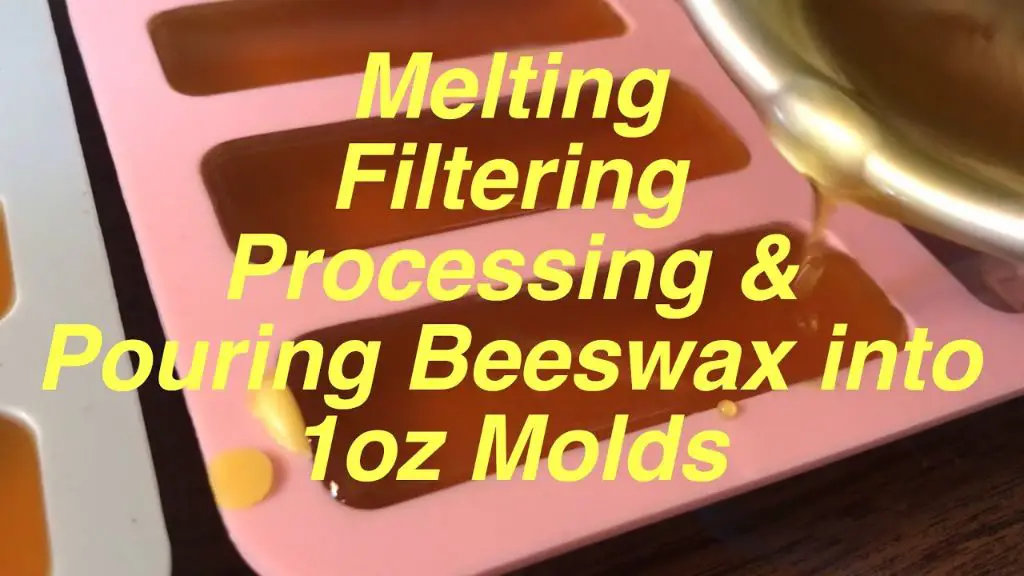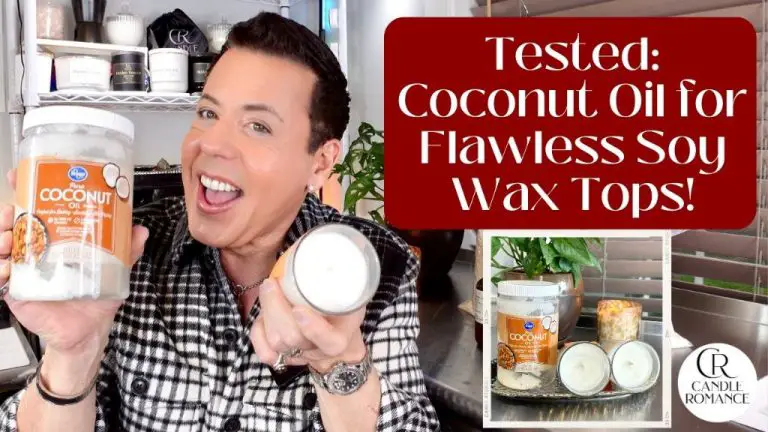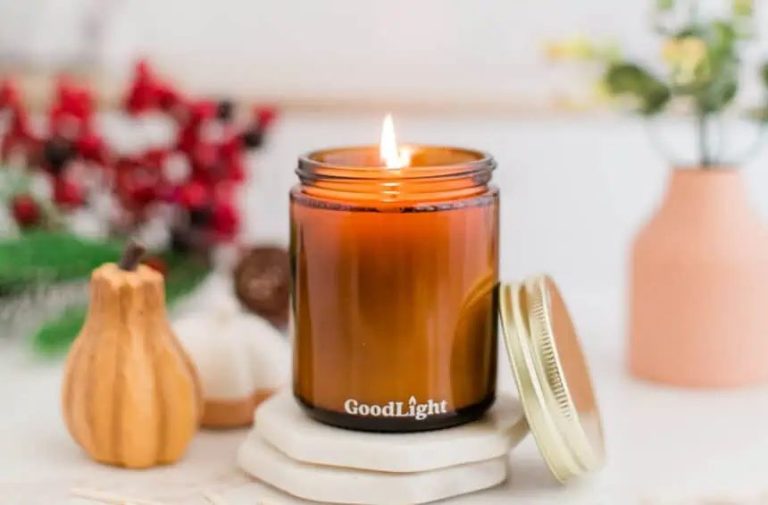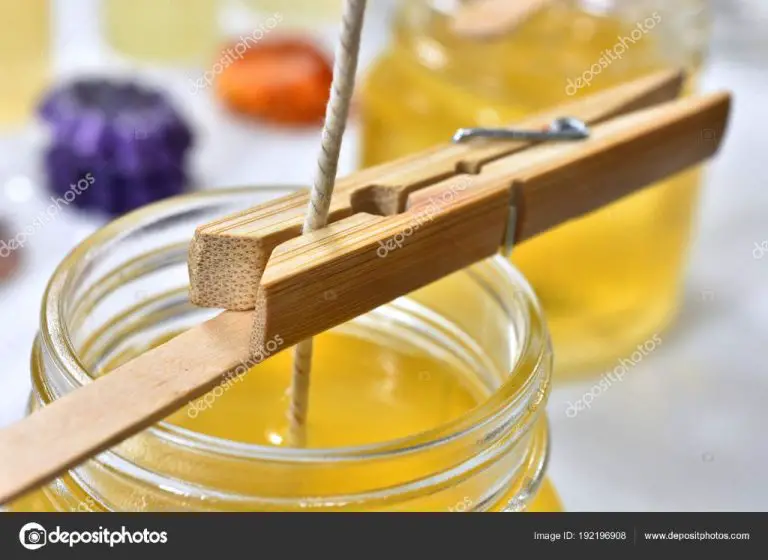Are Beeswax Pellets The Same As Beeswax?
What Are Beeswax Pellets?
Beeswax pellets, also known as beeswax pastilles, are small pellets of processed beeswax. As the name suggests, beeswax pellets are made from natural beeswax that has been filtered, melted down, and formed into small pellet shapes.
Beeswax is a natural wax produced by honey bees. It is secreted from special glands on the abdomen of worker bees and used by them to build the walls of the honeycomb in the beehive. Raw beeswax extracted from the honeycomb is unrefined and contains impurities like honey, propolis, and pollen.
To create beeswax pellets, raw beeswax first goes through a cleaning and filtration process to remove impurities. It is then melted down and poured into molds to create uniform pellet shapes, usually around 3-4mm in diameter. The pellets solidify upon cooling and are packaged for use in various applications.
Compared to raw beeswax, beeswax pellets are more refined, consistent in quality, ease to use, and have a longer shelf life. Their compressed pellet shape makes them convenient to handle and melt down as needed. Beeswax pellets are commonly used in candle making, cosmetics, artisan crafts, and wood care products.
In summary, beeswax pellets refer to small, uniform pellets of filtered and processed natural beeswax, created by melting and compressing raw beeswax into easy-to-use pellet forms.
What is Beeswax?
Beeswax is a natural wax produced by honey bees. Beeswax is secreted from glands on the abdomens of worker bees to build the honeycomb structure of their hives. Raw, natural beeswax has a honey-like scent and varies in color from yellow to brownish (1).
Beeswax consists of a mixture of over 284 different compounds, with the main components being palmitate, palmitoleate, hydroxypalmitate and oleate esters of long-chain (30-32 carbons) aliphatic alcohols, hydrocarbons and free fatty acids (2). It also contains some aromatic compounds that give it its pleasant honey scent.
Raw beeswax is solid at room temperature. It has a low melting point range of 62°C to 64°C (144°F to 147°F). It is malleable at human body temperature, which enables honey bees to easily construct the honeycombs in their hives (1).
Sources:
(1) https://www.saratogateaandhoney.com/blogs/honey-education/what-is-beeswax-and-how-is-it-made
(2) https://bestbees.com/2022/11/30/uses-for-beeswax/
How Are Beeswax Pellets Made?
Beeswax pellets are made by melting down raw beeswax and pouring it into molds to create small, uniform pellets. The natural beeswax is heated to temperatures between 150-165°F to liquefy it and make it pourable. Once in a liquid state, the beeswax is poured into pellet molds, usually made of silicone or metal. As the wax cools and hardens, the molds are removed, revealing solid beeswax pellets of a consistent size and shape.

The pellets are typically cylindrical or round, and around 1 cm in diameter. Their small size increases the surface area, allowing the wax to melt and diffuse scent quickly and evenly. The pellet shape also makes beeswax easier to measure for cosmetic and candle making recipes.
Beeswax may be refined and filtered before being made into pellets, to remove impurities like honey, propolis, and pollen. However some prefer to use raw, unrefined beeswax to retain its natural properties and fragrance. The processing method determines the color, scent, and texture of the final beeswax pellets.
Pellets provide a convenient way to handle beeswax compared to blocks or bulk wax. They can be easily shipped, stored, and measured out as needed. The small, uniform shape gives crafters and consumers consistent results.https://www.beesource.com/threads/how-are-beeswax-pellets-made.291592/
Benefits of Beeswax Pellets
Some key benefits of using beeswax in pellet form versus raw beeswax are convenience, ease of use, and having a standardized format. Beeswax pellets make it simple to measure out exact amounts for recipes or projects. The pellets melt quickly and evenly, saving time compared to grating blocks of raw beeswax. They can go straight into mixtures without needing to be broken down first. Many crafters and beekeepers find that having their beeswax in a pellet format makes it much easier to use for a variety of applications.
The uniform shape and size of beeswax pellets also provides consistency. With raw beeswax, the texture and purity can vary between batches. Beeswax pellets are blended and formed into a standard size and shape during the manufacturing process. This guarantees reliable results no matter when or where the pellets were produced. For complex recipes or large DIY projects, having standardized beeswax pellets helps ensure the final products turn out as expected.
In summary, beeswax pellets offer key benefits like:
- Convenience and ease of use
- Ability to precisely measure amounts needed
- Fast and even melting
- No need to break down raw beeswax
- Consistency in sizing and quality
Their practical format makes beeswax pellets a popular choice for crafters, artisans, beekeepers, and anyone who frequently uses beeswax.
Drawbacks of Beeswax Pellets
While beeswax pellets offer some convenience, they also come with some drawbacks compared to raw beeswax. One of the main drawbacks is the loss of natural variability. Raw beeswax contains a complex mix of over 300 compounds that can vary depending on the plants bees visit for nectar (1). The refining and processing to create uniform pellets removes some of this natural variability and complexity (2).
Additionally, beeswax pellets are often less organic and natural than raw beeswax. Many pellets contain added ingredients, solvents, adulterants, or bleach from the refining process (2). Raw beeswax direct from a local beekeeper is often more natural and unprocessed. Some people prefer this for applications like skin care. However, verified organic and natural beeswax pellets are available from some suppliers.
Overall, while convenient, beeswax pellets lose some of the nuanced complexity and organic quality of raw beeswax. But they may still be a good option when these factors are less important for the intended application.
Sources:
(1) https://beeswaxco.com/wp-content/uploads/2018/06/The-Hidden-Dangers-of-Imported-Beeswax-1.pdf
(2) https://www.youtube.com/watch?v=Qz5GqbfAYoo
Benefits of Raw Beeswax
Raw beeswax is the natural, unprocessed form directly from the beehive. Raw beeswax retains all of the benefits and properties that exist when bees secrete wax from their glands (1). It has not been altered, bleached, or refined in any way. Purchasing raw beeswax supports small, local beekeepers and contributes to more sustainable beekeeping practices (2).
Some key benefits of raw beeswax include:
- Contains beneficial vitamins, minerals, and fatty acids
- Has a sweet, honey-like aroma
- Sustainable and eco-friendly
- Provides stable structure for candles, lotions, balms, etc.
- Naturally moisturizing and skin-conditioning
Overall, raw beeswax is the purest, most natural form of beeswax available. It retains all the inherent benefits of beeswax in its untouched state.
(1) https://honeysweetieacres.com/the-skin-loving-benefits-of-raw-beeswax/
(2) https://gibbshoney.com/products/beeswax
Drawbacks of Raw Beeswax
While raw beeswax has many benefits, it also has some drawbacks to consider. Two of the main drawbacks of working with raw beeswax are that it can be messy to work with and the quality can vary (source).
Raw beeswax in its natural state is quite sticky and malleable. This makes it difficult to handle and work with compared to hardened beeswax pellets or blocks. When trying to melt down raw beeswax to make candles or other products, it can be challenging to cut, shape, and manage it in its soft, pliable form (source). The sticky, gummy texture also means raw beeswax can leave behind residue on hands, tools, molds, etc. Making cleanup more tedious.
Additionally, the quality and composition of raw beeswax can vary widely. Beeswax from different beekeepers, locales and harvests may have subtle differences in color, texture, scent and more. This inconsistency can make it difficult to achieve reliable results when using raw beeswax for DIY projects or products. The variability means there’s more guesswork involved in working with raw beeswax versus uniform beeswax pellets (source).
Common Uses
Beeswax has a variety of common uses, both in its raw form and made into beeswax pellets. Some of the most popular uses are in candlemaking, cosmetics, and as a furniture polish.
Candlemaking is one of the most traditional uses of beeswax. Beeswax candles burn longer, cleaner, and brighter than other wax candles. Both raw beeswax and beeswax pellets can be used to make candles, either on their own or blended with other waxes. Beeswax is especially popular for making rolled candles, tealights, votives, and taper candles.[1]
In cosmetics, beeswax is used as an emulsifier, emollient, and moisturizer. It is commonly found in lip balms, lotions, creams, and salves to help protect and nourish skin. Raw beeswax can be used on its own as a salve or blended into cosmetic recipes. Beeswax pellets make it easy to measure out portions for small batch cosmetics.[2]
Beeswax is also popular as a furniture polish. It helps condition and protect wood finishes. Raw beeswax can simply be rubbed onto furniture and buffed to a shine. Beeswax pellets can be melted down to blend into homemade furniture polish recipes along with other ingredients like essential oils.
Recommendations
When evaluating whether to use beeswax pellets or raw beeswax, it depends on the application and the properties you need. Here are some key recommendations on when each form is preferable:
Beeswax pellets are preferable for:
- Crafting – The pellets melt quickly and evenly which makes them ideal for candle making, lip balm, lotions, creams, and other DIY crafts. The uniform shape allows for easy measuring.
- Ease of use – The pellets are cleaner and easier to handle than sticky raw beeswax. There’s no need to cut chunks off a larger block.
- Accuracy – The consistent sizing allows recipes to be followed precisely. Each pellet weighs roughly the same.
Raw beeswax is preferable for:
- Natural products – Raw beeswax contains more of the honey, pollen, and propolis from the beehive. It’s less processed than the refined pellets.
- Aromatherapy – Raw beeswax has a light honey aroma, while pellets have very little scent. The natural fragrance is preferred for products like salves and balms.
- Quality assurance – With raw beeswax, you can inspect the quality and freshness. Pellets are already formed so you can’t evaluate the wax directly.
In summary, beeswax pellets offer convenience while raw beeswax provides a more natural, aromatic option. Consider the application and your priorities when choosing between the two forms.
Conclusion
In summary, while beeswax pellets and raw beeswax are both made from honeycomb, they have some key differences. Beeswax pellets are made by melting down raw beeswax into a liquid, then extruding it through small holes to create uniform pellets. This makes the pellets more convenient to handle and measure in DIY projects. However, some natural properties are lost in the pellet-making process. Raw beeswax retains more of its aromatic scent and texture from the honeycomb. It can be used as-is or melted into liquid form for projects.
When choosing between beeswax pellets and raw beeswax, consider your project and personal preferences:
- Pellets are best for DIY bath/beauty products, candles, and wood treatment due to their convenience and consistency.
- Raw beeswax is ideal for artisan goods like natural lip balm, furniture polish, and encaustic art where you want honeycomb particles for texture.
- Both can be used successfully for soapmaking and wood finishing.
Ultimately, beeswax in either form has an array of household uses. With a bit of experimentation, you can discover which type of beeswax suits your next project.





